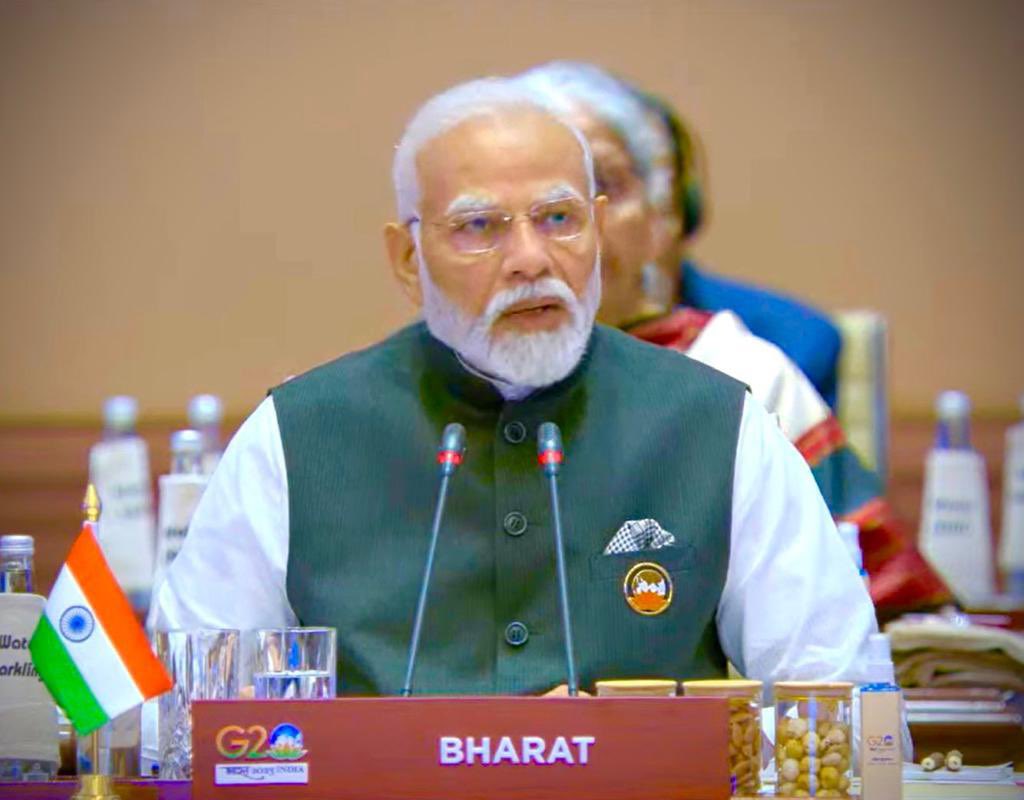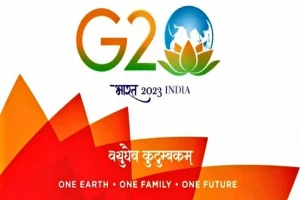Niggles apart, only two prime ministers were in office when one nation had one election on the same day, across the checkerboard of Parliament and Assemblies: Jawaharlal Nehru in 1952, 1957 and 1962; and his daughter Indira Gandhi in 1967.
The niggle was Kerala. Nehru’s score would have been a perfect 3/3 but for his decision to dismiss the communist coalition in Kerala headed by the redoubtable EMS Namboodiripad on July 31, 1959, following the legally poor but politically rich advice from his daughter Indira, then Congress president. In early 1960, Congress won 63 Assembly seats against CPI’s 29 and formed the government. President’s Rule ended on February 22, 1960. Kerala’s Assembly elections developed their own trajectory. The disruption virus set in.
It became a pandemic after 1967, when a disillusioned electorate threw Congress out from Amritsar to Calcutta, and in Tamil Nadu. While the DMK movement flourished with good governance, the medicine proved worse than the disease in northern states. The multipolar coalition governments which replaced Congress were infused by petty interests and gargantuan egos. India suffered and recovered, but the electoral system never did.
One leader corrected his calendar. Naveen Patnaik saw no reason to campaign twice when once was sufficient. Assembly and Parliament elections are held on the same day in Odisha. One Nation, One State, One Election. And, as it so happens, One Victor. Irrespective of the popularity of any national leader, Patnaik has won every Assembly election in his state. Patnaik has self-confidence.
Rahul Gandhi’s comment that this proposition is somehow anti-federal missed the backstory. Were Indira and Nehru anti-federal because they held all elections on a single day, when they could have cited any number of reasons— including the sheer magnitude of the exercise at a time of limited resources—to chop up the calendar?
Voters know the difference between ‘bada’ and ‘chhota’ elections. In 2004, BJP misled itself into believing that victory in a few states in the winter of 2003 would lead to victory at the Centre within three months. The voter has repeated such cogent clarity in subsequent elections.
WHICH LETHAL WEAPON can make you laugh? The boomerang: when it misses its target and knocks the sender into a coma.
Whoever christened the alliance INDIA acted upon look-how-clever impulsive advice rather than a structured proposal. There is an elemental difference between India and Indian. Political parties are Indian, whether the Indian National Congress, Communist Party of India or Bharatiya Janata Party. Claiming the mantle of India is another matter. Indira Gandhi lost the General Election of 1977 at least in part because obsequious loyalists like Dev Kant Barooah equated her with the country: Indira was India. The voter’s disagreement was emphatic.
Congress President Dev Kant Barooah, who was from Assam, justified #Emergency by saying, “Indira is India & India is Indira.”
He said it knowing well that jails were filled with leaders from Assam and rest of India to conceal Indira Gandhi’s corruption.#DarkDaysOfEmergency pic.twitter.com/lSPsFc8r7H
— Himanta Biswa Sarma (@himantabiswa) June 25, 2023
Prime Minister Modi electrified the discourse through a simple shift of nomenclature that lit up many elements of the birth narrative. He did not change the name of the country. One is perplexed by the ignorance of those who accuse him of doing so. The opening phrase of the Constitution, “India, that is Bharat…”, endorses two names of a free country: ‘India’ and ‘Bharat’. India was the most recent variation for the land beyond the Indus, or Industan, or Hindustan. Bharat has a more substantive geographical and cultural resonance. There might have been more clarity in 2023 if an amendment in 1949 moved in the Constituent Assembly by the public intellectual HV Kamath had been accepted. Kamath proposed a change to “Bharat, or, in the English language, India…”.
My vote goes to Babasaheb Ambedkar for cadence and aesthetics: “India, that is Bharat…” is much more elegant. The terms are collateral, not antagonistic.
Rabindranath Tagore did not, in case you have forgotten the national anthem, write, “India bhagya vidhata” but “Bharat bhagya vidhata”. (We await Bengal Chief Minister Mamata Banerjee’s comments with interest.) Every prime minister has used Bharat freely. In an interesting variation the sixth prime minister, Chaudhary Charan Singh, treated India and Bharat as binary, one elitist, the other agrarian. The discourse has been diverse. Narendra Modi was prime minister of Bharat during his visit to South Africa, but no one noticed, possibly because we do not wake up until there is a fetish on social media.
Some political reactions have been hilarious. One leader wondered whether the government would change the name of the country to BJP if the opposition alliance re-titled itself Bharat. It was tepid wit of a kind which wafts listlessly through a perfunctory speech.
A second leader struggled his way through second thoughts: INDIA was also BHARAT for the alliance promised to “Bring Harmony, Amity, Reconciliation And Trust”. This was the anguished language of someone who has been pierced in a duel.
“India, that is Bharat…” denotes the grandeur of a nation, not the fragile seams of a political quilt.
Incidentally, don’t exhaust your laughter. The boomerang is still in the air.
PRACTICAL DEMOCRACY has its demands. America has a fixed biannual schedule in its voting cycle. Democracy is more flexible in Europe but no European country is encumbered by provinces as large as a nation. Fraud democracy has sangfroid. One Nation, One Election, One Result. Recently the Ali Bongo Ondimba dynasty in Africa’s Gabon was overthrown after 53 years of continuous ‘victory’ during which they stole the nation’s wealth and shared it with mentors, principally in Paris. A dictatorship like China has One Nation, No Election, and Many Mysterious Disappearances. I am writing this in Dhaka which, until Prime Minister Sheikh Hasina ensured some stability, had One Nation, With Occasional Election When the Army Wasn’t Looking.
Indian democracy is genuine, palpable, exhilarating; but also hungry and exhausting. It gobbles up time required for governance. The electoral roller-coaster has gone berserk. One Nation, One Election, And Only One Set of Opinion Polls, please.
MAHATMA GANDHI HAD no time for the only Chinese leader he met, Generalissimo Chiang Kai-shek, who turned up uninvited in early 1942 to persuade the Mahatma to halt his freedom struggle till the British had won their global war. Gandhi would not have met Chiang Kai-shek but for the pressure applied by Jawaharlal Nehru. Gandhi knew, and said so, that China’s advice was inspired by self-interest, not shared interest. Gandhi went to Calcutta to meet the Chinese guest for just a day, or more accurately the daylight hours, and narrated his impressions while addressing the Congress session at Gowalia Tank in August 1942 which passed the ‘Quit India’ resolution. The diagnosis was acerbic, the remarks more diplomatic. Gandhi described Chiang as inscrutable or, incapable of being understood by any study. Jawaharlal Nehru had other ideas about China, with other consequences.
IN DHAKA, TRAFFIC is not jam. There is nothing sweet about the clog. A journey from the airport to a destination like the Dhaka Club at the other end of a dense city is unsophisticated torture for two or more hours, culminating in pain around the bladders. The bus drivers inching their way through the clog must have bladders of steel. Everyone has an inarguable reason for being late. Traffic. The hotel advice is prudence; leave for the airport three-and-a-half hours before the flight.
Suddenly, last Saturday, this became past tense. Prime Minister Sheikh Hasina opened an elevated expressway through the heart of Dhaka that will eventually cut the car ride to 12 or so minutes. Let me weigh my words carefully at the cost of sounding pedantic: Is this is a miracle or a revolution? Revolution. A miracle is divine. This revolution is the work of a woman, Prime Minister Sheikh Hasina. I asked the driver as we sped towards the airport if he ever believed such change would occur in his lifetime. For him it was a miracle.
A GLIMPSE INTO HUMAN mystery: apparently Steve Jobs suffered from koumpounophobia, or fear of buttons. The worst affected freak out when they see a single button, so no invitations to the sherwani-laden grand Indian wedding then. Luckily, Jobs was a victim. Voila! The Apple phone.
On the other hand I read this on a very occasional trip into the net. I hope it isn’t fake news.
(MJ Akbar is the author of several books, including Doolally Sahib and the Black Zamindar: Racism and Revenge in the British Raj. This article first appeared in the Open magazine and has been republished with permission.)
















